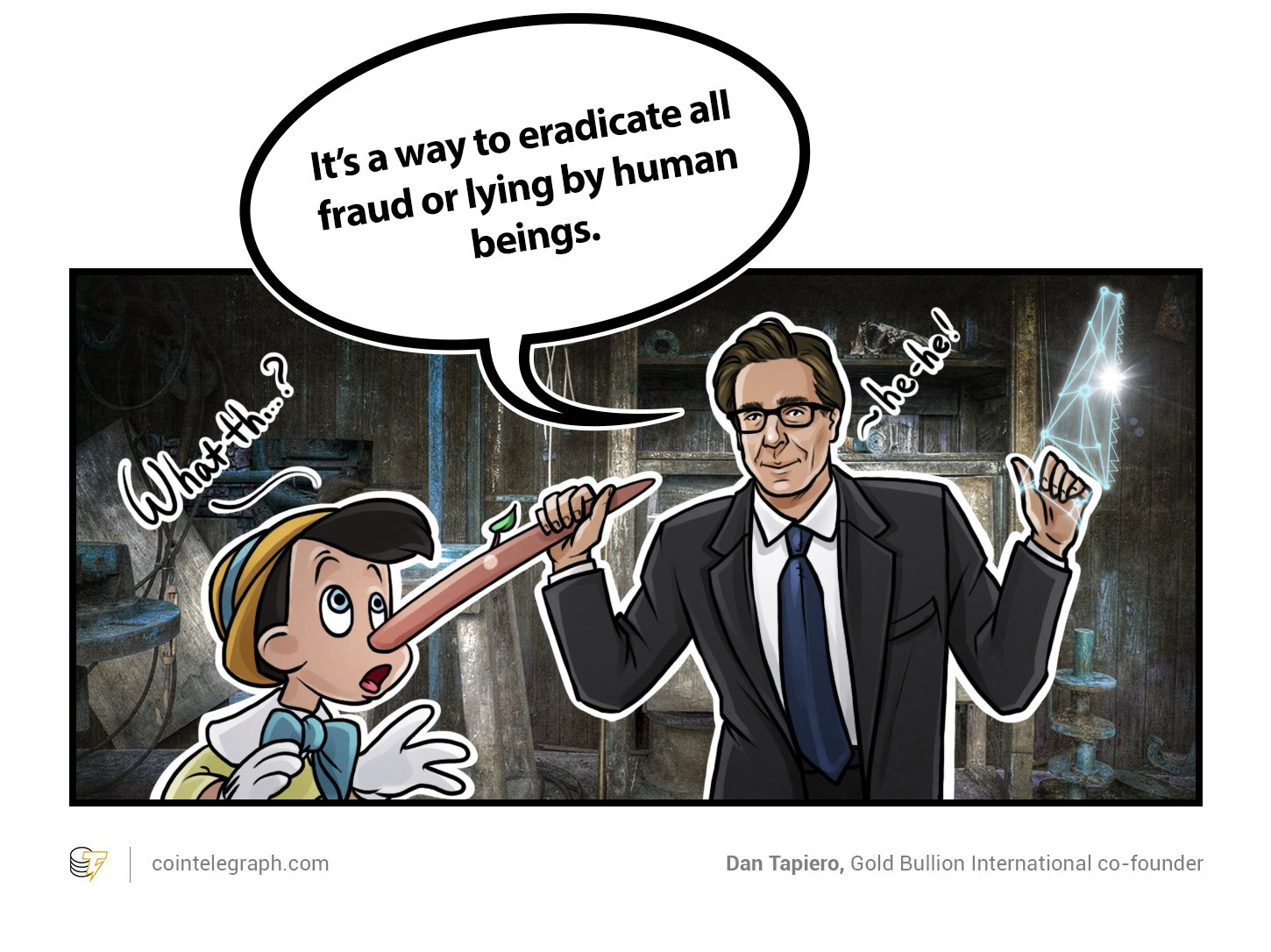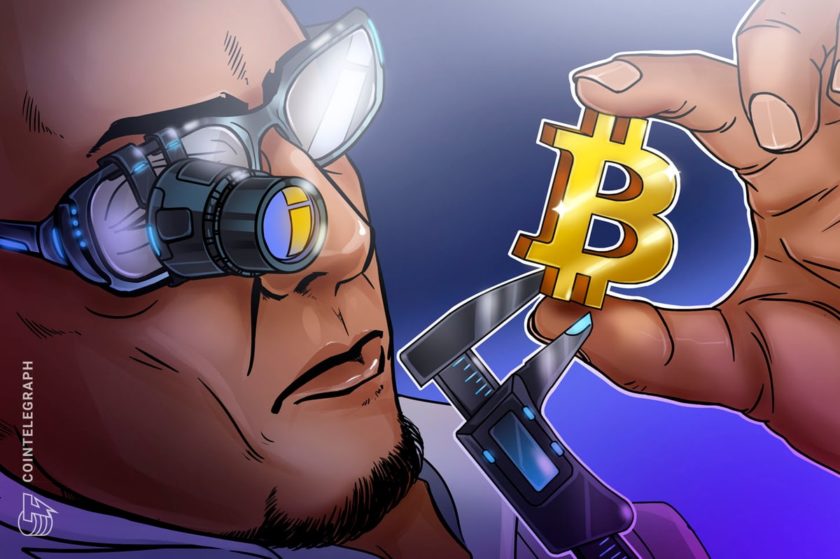Top Stories This Week
Facebook’s crypto launching in H2 2020, says Libra Association chief
The head of the not-for-profit driving Facebook’s Libra digital currency has said he is confident that seemingly endless regulatory difficulties can be ironed out — paving the way for the token to launch in the second half of 2020. Bertrand Perez’s comments came on Thursday — the same day French Finance Minister Bruno Le Maire warned “we cannot authorize the development of Libra on European soil.” He fears that the stablecoin puts monetary sovereignty of European Union nations at risk, with American lawmakers equally concerned that Libra could undermine the U.S. dollar. Another bone of contention lies in how the Libra Association is set to be headquartered in Switzerland. This prompted the Swiss Financial Market Supervisory Authority to stress it is open to international cooperation and oversight regarding how it regulates the network.
EU needs own digital “EuroCoin” to compete with Libra, says France
Assurances from the Libra Association and Swiss regulators seemed to do little to placate Le Maire. By Friday, the minister was urging his European counterparts to consider its own “public digital currency” that could challenge Libra. More detailed discussions on this idea are set to take place next month — but a lack of dog pictures, selfies, memes and relatives falling out over politics may make an EU-led initiative less of a tempting proposition. Speaking in Helsinki, Le Maire also took the opportunity to warn the trading bloc that a fresh approach is needed to regulating cryptocurrencies at an EU level. The finance minister warned limbo over whether they should be treated as securities, payment services or currencies must be resolved through the creation of a robust and common framework.
Bitcoin hash rate to hit a milestone 100 quintillion for the first time
There was feverish excitement in some quarters of the Bitcoin (BTC) community this week, with the world’s dominant cryptocurrency irresistibly close to breaking hash rate records. Data suggested that BTC was heading for 100 quintillion hashes per second for the first time in history. This metric refers to overall levels of computing power involved in processing Bitcoin transactions — with greater levels of power meaning the network is more secure and profitable. Analysts such as RT host Max Keiser argue that gains in BTC prices traditionally follow leaps in hash rate. Back in September 2017, the hash rate stood at just 6 quintillion. Expect champagne corks to pop if the milestone is reached in the coming fortnight or so — that said, BTC/USD has yet to capitalize on the network’s newfound strength.
Report: Blockchain devices market to grow to $1.28 billion by 2024
All too often, it’s difficult to predict what’s going to happen next in the crypto world. That said, new research by MarketsandMarkets suggests the future is bright for blockchain devices. The sector — which includes blockchain smartphones, hardware wallets, crypto ATMs and point-of-sale devices — is set to enjoy a compound annual growth rate of 42.5% in the next five years. As a result, the intelligence and market research platform estimates the market will be worth $1.28 billion by 2024. The growth is being attributed to increasing adoption of the technology, especially in sectors such as retail, along with healthy levels of venture capital funding and the ever-growing market capitalization for cryptocurrency.
Domino’s Pizza launches $110,000 Bitcoin prize competition in France
France may have not proven to be too friendly toward crypto this week (here’s looking at you, Bruno Le Maire), but all is not lost. Domino’s Pizza France announced this week that it plans to give away BTC worth 100,000 euros ($110,000) to mark its 30th anniversary. Hungry customers will be given a code for every pizza they purchase until Oct. 2 — and from here, they can play a game for the chance to win thousands of prizes alongside the jackpot. The winner will be given the chance to choose cash over crypto if they wish, with the windfall transferred to their wallet by Dec. 16. Pizza has a long (and some would say cringeworthy) connection to BTC, given how early adopter Laszlo Hanyecz bought two pizzas for 10,000 BTC back in May 2010. At today’s rates, that crypto would be worth about $103 million.
Winners and Losers
At the end of the week, Bitcoin is at $10,338.38, Ether at $189.35 and XRP at $0.26. The total market cap is at $266,345,242,119.
The top three altcoin gainers of the week are Gamblica, SalPay and PipiCoin. The top three altcoin losers of the week are Alpha Token, SongCoin and WomenCoin.
For more info on crypto prices, make sure to read Cointelegraph’s market analysis.
Most Memorable Quotations
“Nothing backs the dollar. The U.S. doesn’t have natural resources that back the dollar. What they do have is the military.”
Akon, Grammy award-winning rapper
“They go down in value like a yoyo, they’re useless and unstable. And even if crypto companies do make it stable, it’s still a basket of currencies.”
“What it is is an invention, and I think it should be referred to as an invention rather than all the other things. It’s a, you know, what it really is, […] it’s a truth machine. […] It’s a way to eradicate all fraud or lying by human beings.”
“For us, we’ve been working for multiple years on the US Dollar coin that’s been growing very fast. And I think that we’re excited to see how things like the Chinese central bank digital currency could eventually interact or be traded with things like US Dollar coin.”
Jeremy Allaire, Circle CEO
Prediction of the Week
New mining difficulty metric points to $31,000 Bitcoin price by 2021
Dust off the crystal ball — it’s prediction time! New data based on mining difficulty suggests that BTC prices should exceed $30,000 during its current price cycle. The analysis by PlanB argues that Bitcoin bull markets start at a difficulty low — and as competition rises between miners increases, the complexity of the equations they must solve to validate blocks of BTC increases. Bear with us, here. Late 2013 saw BTC prices hit highs of $1,300 — a 50,000% increase from prices at the time of the previous difficulty low. Four years later, in late 2017, a new record of $20,000 was set, with prices 9,000% higher than they were at the difficulty low that preceded that bull run. The latest difficulty low came in December 2018 when BTC/USD was trading at $3,100, and PlanB believes prices will rise by 1,000% this time to hit $31,000 in 2021.
FUD of the Week
Europol shuts down counterfeiting ring which sold $1.44 million for Bitcoin
Portuguese police and Europol say they have busted one of the most advanced counterfeiting operations they’ve ever come across. The gang was selling fake notes on the darknet in return for BTC — creating 1.3 million euros ($1.4 million) in forged cash. Police said the counterfeits were of exceptionally high quality, and were even complete with watermarks and holograms. They would pass quite convincingly when traded in shops, and could only be detected when deposited at a bank. The counterfeiting operation had been in action since 2017 — and the ringleader, a Portuguese national, was tracked down and extradited from Colombia this week.
$800 Bitcoin buys $10,000 cash on darknet
Cybercriminals are selling cold hard cash for only 10 to 12 cents on the dollar. The ruse sees scammers give buyers an opportunity to receive money in bundles of up to $10,000 — and all they need to do is pay a 10%-12% fee in BTC. From here, they give details of the bank or PayPal account in which they would like the funds transferred to. Armor’s Threat Resistance Unit has described the scam as a “turn-key service for fraudsters who are not technically savvy.” Its report added that cybercriminals also benefit because they are not taking possession of the funds in question.
LocalBitcoins: Tor browser users at risk of losing their Bitcoin
LocalBitcoins has warned users about alleged security risks associated with the anonymous Tor browser. The Finnish peer-to-peer exchange says that, while using the browser is not against its terms of service, it does increase the risk of BTC being stolen. It is unclear why Tor makes users more vulnerable to theft. Transactional compliance expert Richard Bensberg was among those who criticized LocalBitcoins’ decision to add a banner to its website warning about Tor — saying the company “has really lost the plot.”
Best Cointelegraph Features
Crypto exit scams — how to avoid falling victim
“Exit scams” often see the organizers of initial coin offerings or other fundraising drives disappear with their investors’ funds. Cointelegraph tried to find out what consumers can do to steer clear of these scams.
Will blockchain stop personal data leaks?
Data leaks are everywhere. Astoundingly, the chances that a Facebook user has had their personal information exposed currently stands at 17%. So, how can our data be rescued from criminals, greedy marketers and corrupt governments? Here, Cointelegraph examines whether blockchain offers the answer.
Africa uses blockchain to drive change
Blockchain adoption in Africa is on the rise, with major economies on the continent — Kenya and Nigeria among them — taking steps to pursue regulation and greater cooperation with the private sector. In this article, Cointelegraph asks whether blockchain technology could help Africa bridge its developmental gap with the rest of the world.







